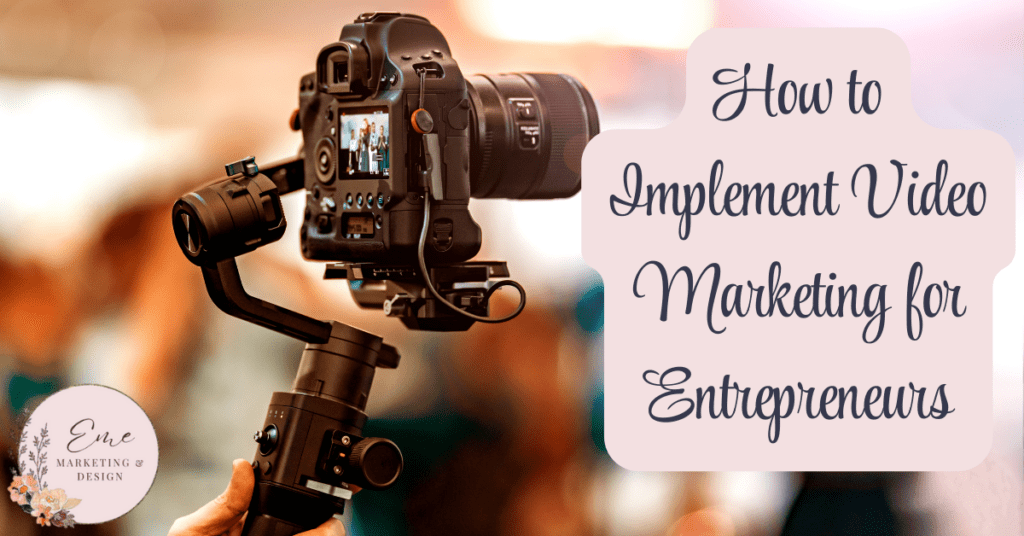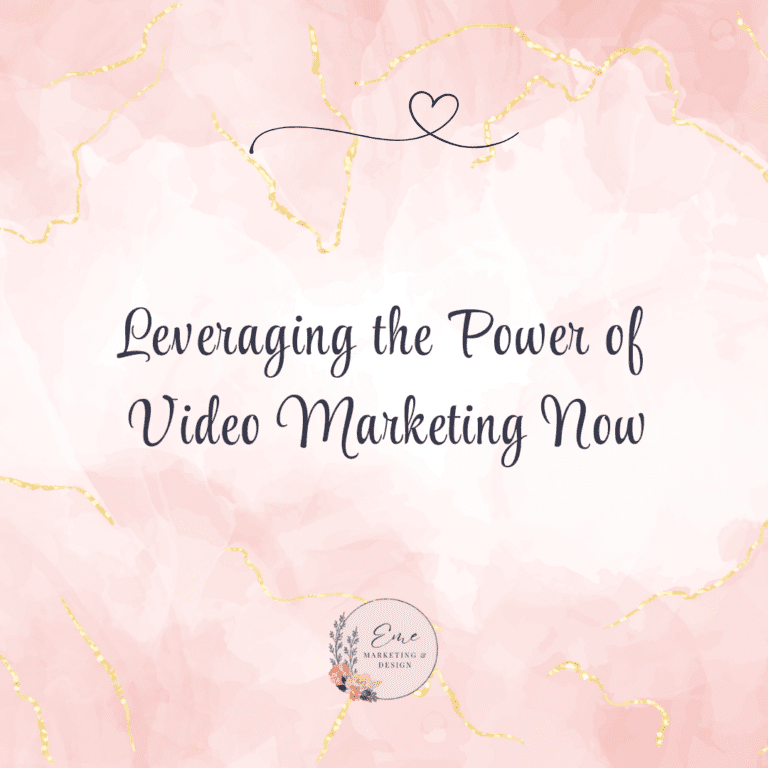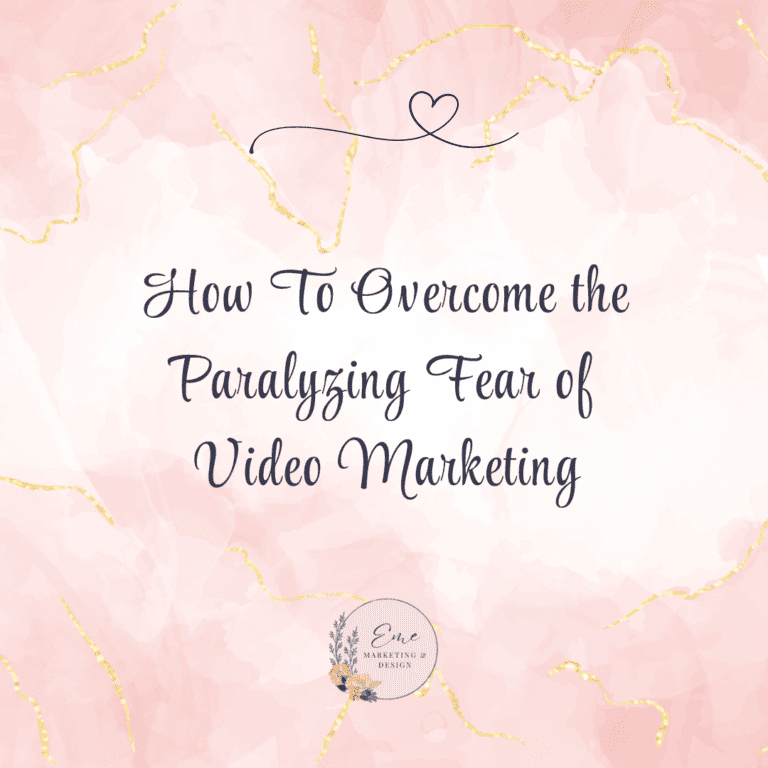
Video marketing has become essential for entrepreneurs looking to build their brand, engage with customers and drive sales. With the proliferation of smartphones and high-speed internet, video content is more accessible and impactful than ever. Leveraging video marketing can differentiate your business, create a lasting impression, and foster deeper connections with your audience. This blog will walk you through the steps to implement an effective video marketing strategy.
Understanding the Importance of Video Marketing
Video content is a powerful tool for several reasons:
- Engagement: Videos are more engaging than text or images, making them more likely to be shared and remembered.
- Conversion: Videos can increase conversion rates by providing a clear and compelling message.
- SEO: Search engines favor video content, which can boost your site’s search engine ranking.
- Versatility: Videos can be used across various platforms, including social media, websites, and email campaigns.
Step 1: Define Your Goals and Audience
Before diving into video production, defining your goals and understanding your audience is crucial.
- Set Clear Goals: Identify what you want to achieve with your video marketing. Common goals include increasing brand awareness, driving website traffic, generating leads or boosting sales.
- Understand Your Audience: Research your target audience’s demographics, interests, and online behavior. Understanding your audience will help you create content that resonates with them.
Step 2: Plan Your Content Strategy
A well-planned content strategy is the backbone of successful video marketing.
- Content Types: Determine the videos that align with your goals and audience. Popular video types include:
- Explainer Videos: Simplify complex concepts.
- Product Demos: Showcase your products or services.
- Customer Testimonials: Build trust and credibility.
- Behind-the-scenes: Humanize your brand.
- How-To Videos: Provide value through education.
- Content Calendar: Create a content calendar to plan and schedule your video releases. Consistency is vital to maintaining audience engagement.
Step 3: Budget and Resources
Determine your budget and the resources required for video production.
- Budget: Allocate a budget for video production, considering costs such as equipment, software, talent, and promotion.
- Resources: Identify your needed resources, including cameras, microphones, lighting, editing software, and a production team. If budget constraints exist, consider starting with smartphone videos and free editing tools.
Step 4: Scripting and Storyboarding
A well-thought-out script and storyboard are essential for effective video production.
- Scriptwriting: Write a script that aligns with your goals and audience. Keep it concise, engaging, and focused on a clear message.
- Storyboarding: Create a storyboard to visualize your video. This will help you plan the shots, angles, and transitions, ensuring a smooth production process.
Step 5: Production
Now, it’s time to bring your vision to life.
- Pre-Production: Prepare for the shoot by finalizing your script, scouting locations, and arranging equipment and talent.
- Filming: Focus on capturing high-quality footage. Pay attention to lighting, sound, and framing to ensure a professional look.
- Post-Production: Edit your footage to create a polished final product. Editing software cuts unnecessary parts and adds transitions, music and graphics.
Step 6: Distribution and Promotion
Creating a great video is just the beginning. Effective distribution and promotion are key to reaching your audience.
- Choose Platforms: Identify the platforms where your audience is most active. Popular options include YouTube, Facebook, Instagram, LinkedIn, and your website.
- Optimize for SEO: Optimize your video titles, descriptions, and tags with relevant keywords to improve search engine visibility.
- Promote Your Videos: Leverage social media, email marketing, and your website to promote your videos. Consider using paid advertising to reach a broader audience.
Step 7: Analyze and Optimize
Monitor the performance of your videos to understand what works and what doesn’t.
- Metrics: Track key metrics such as views, engagement, click-through rates, and conversions.
- Feedback: Gather feedback from your audience to understand their preferences and improve future content.
- Adjust Strategy: Use the insights gained from your analysis to refine your video marketing strategy. Experiment with different content types, formats, and distribution methods.
Best Practices for Video Marketing
To maximize the impact of your video marketing efforts, keep the following best practices in mind:
- Keep It Short and Sweet: Attention spans are short, so keep your videos concise and to the point.
- Hook Your Audience Early: Capture your audience’s attention within the first few seconds to prevent them from scrolling past your video.
- Include a Call to Action: Clearly state what you want your audience to do next, whether it’s visiting your website, subscribing to your channel, or making a purchase.
- Be Authentic: Authenticity resonates with viewers. Be genuine and relatable in your videos to build trust with your audience.
- Leverage User-Generated Content: Encourage customers to create and share videos about your products or services. User-generated content can enhance credibility and reach.
- Optimize for Mobile: Ensure your videos are mobile-friendly, as a significant portion of video consumption happens on mobile devices.
Tools and Resources for Video Marketing
There are numerous tools and resources available to help you create and distribute high-quality videos:
- Video Editing Software: Tools like Adobe Premiere Pro, Final Cut Pro, and DaVinci Resolve offer advanced editing capabilities. For beginners, consider using iMovie or Windows Movie Maker.
- Royalty-Free Music and Graphics: Websites like Epidemic Sound, Artlist, and Motion Array provide royalty-free music and graphics to enhance your videos.
- Analytics Tools: Platforms like Google Analytics, YouTube Analytics, and social media insights can help you track and analyze your video performance.
Case Studies: Successful Video Marketing Examples
- Dollar Shave Club: The company’s humorous and straightforward explainer video went viral, generating millions of views and significantly boosting sales.
- Blendtec: Their “Will It Blend?” series demonstrated the power of their blenders by blending various objects, leading to increased brand awareness and sales.
- GoPro: By showcasing user-generated content, GoPro built a community of loyal customers and showcased the versatility of their cameras.
Final Thoughts on Video Marketing
A successful video marketing strategy requires careful planning, creativity, and consistency. By defining your goals, understanding your audience, and leveraging the right tools and techniques, you can create engaging video content that drives results for your business. Remember to monitor your performance, gather feedback, and continuously optimize your strategy to stay ahead in the ever-evolving world of video marketing. As an entrepreneur, embracing video marketing can set you apart from the competition and help you build a robust and lasting connection with your audience.
Next Steps For Video Marketing
Partnering with Eme Marketing & Design for all your digital marketing needs is the next step towards achieving your business goals. With our comprehensive services, including video marketing, social media management, SEO, and content strategy, we tailor our approach to your unique needs. Our expertise ensures that your brand stands out and engages effectively with your audience. Contact us today to discover how we can help elevate your digital presence and drive growth. Together, we can create compelling campaigns that resonate with your customers and deliver measurable results. Let Eme Marketing & Design be your trusted partner in digital success.




